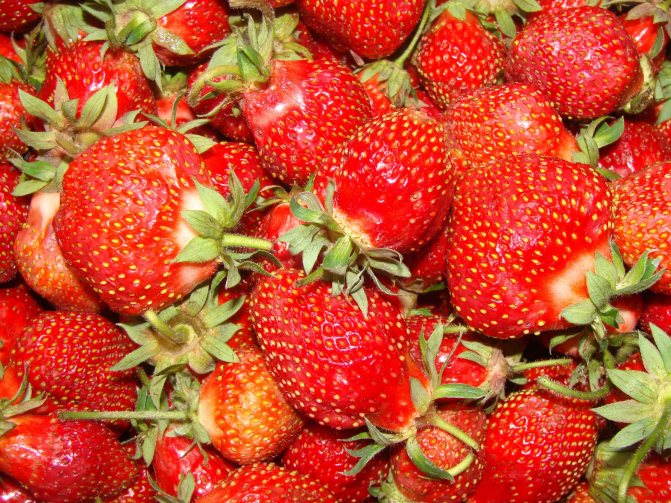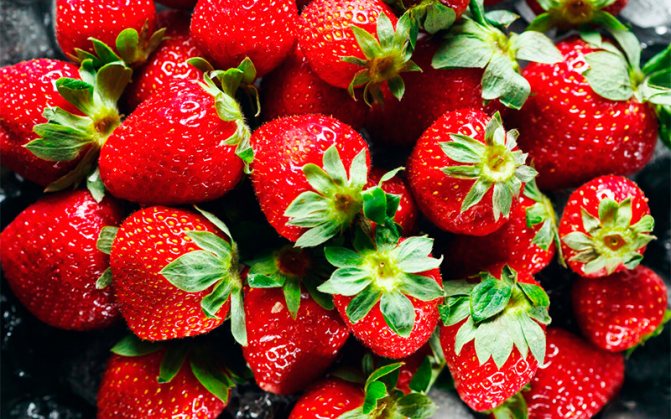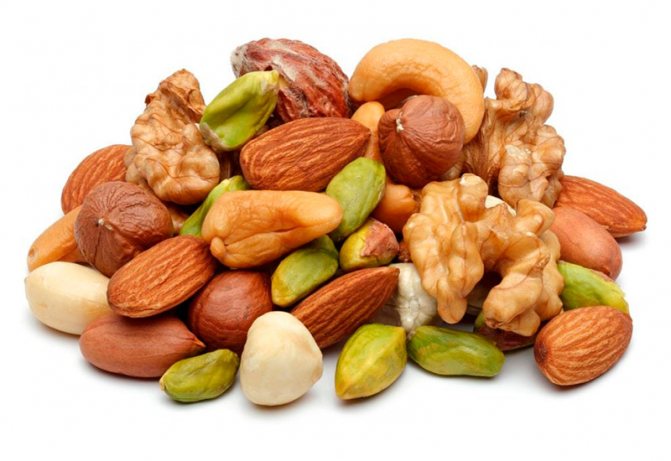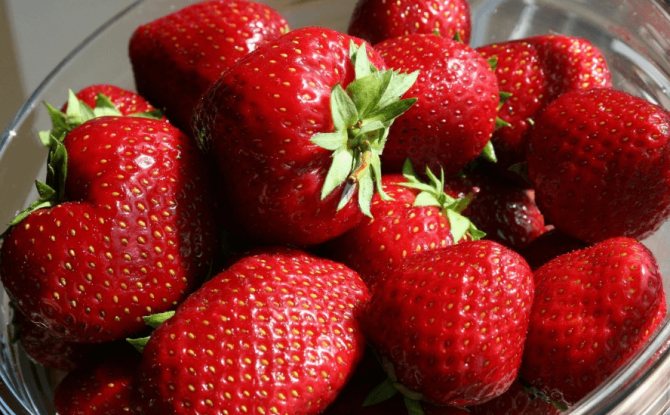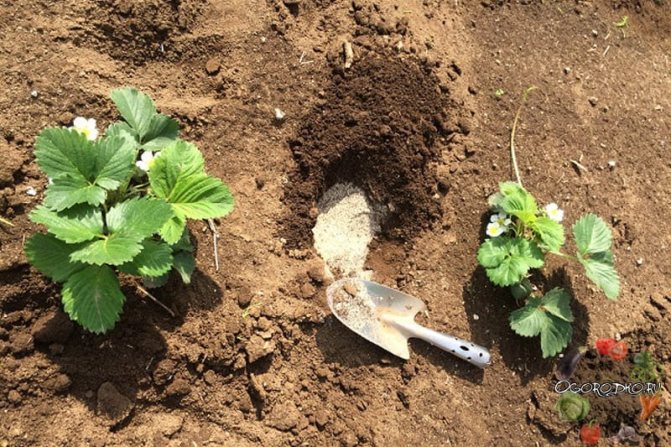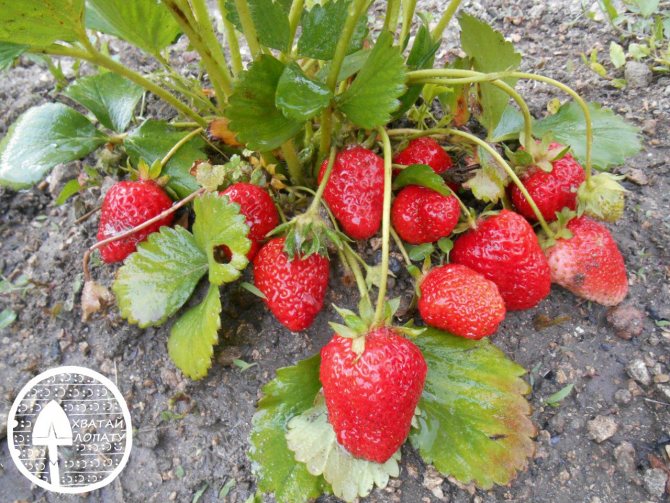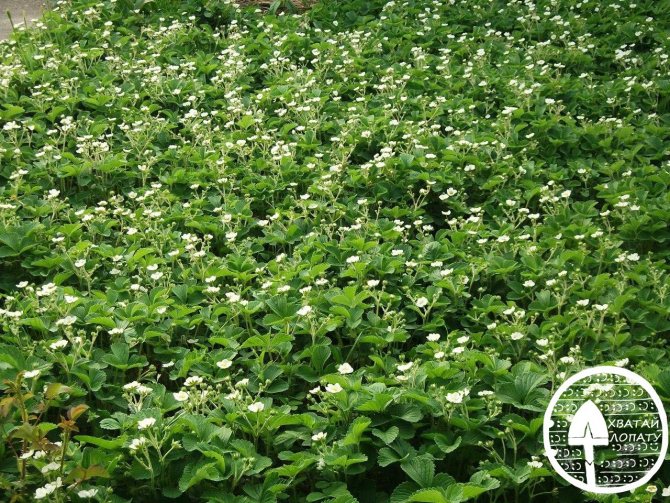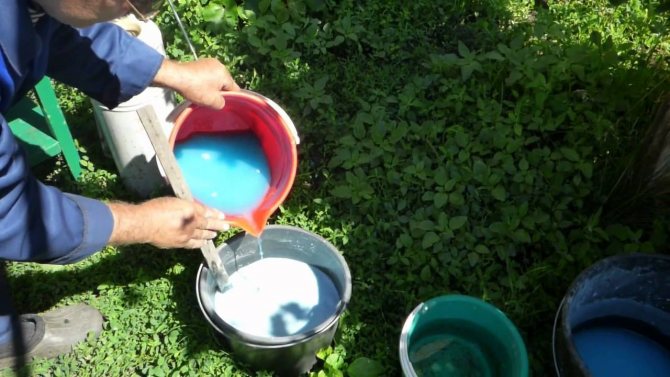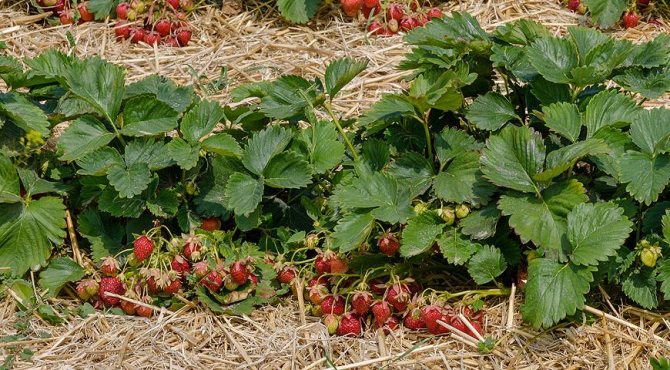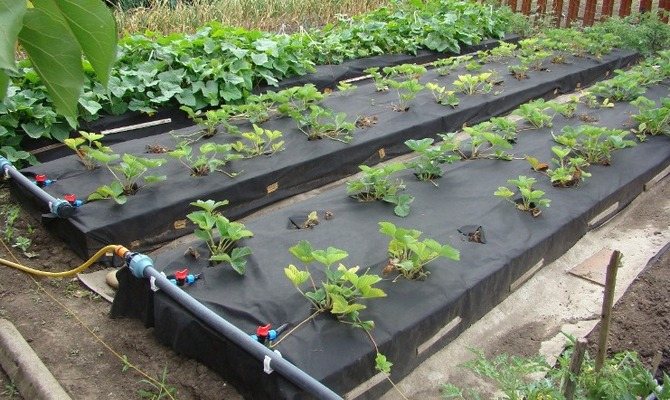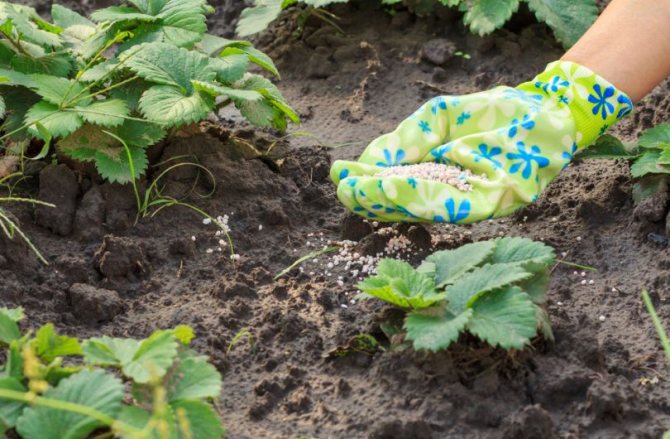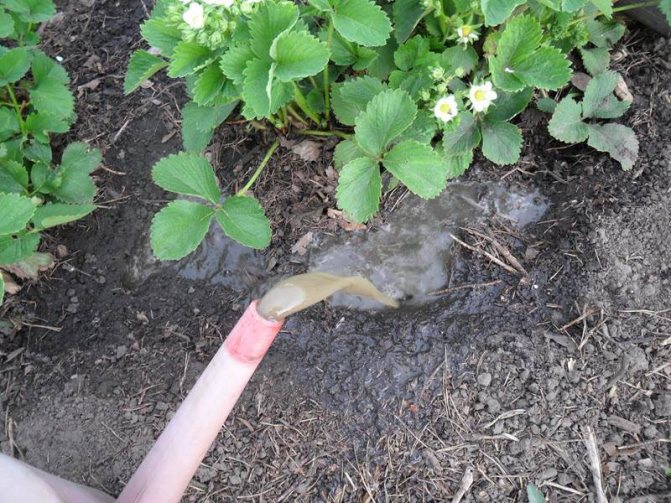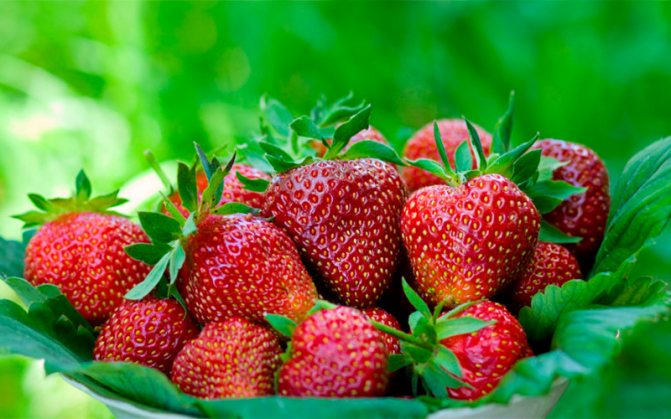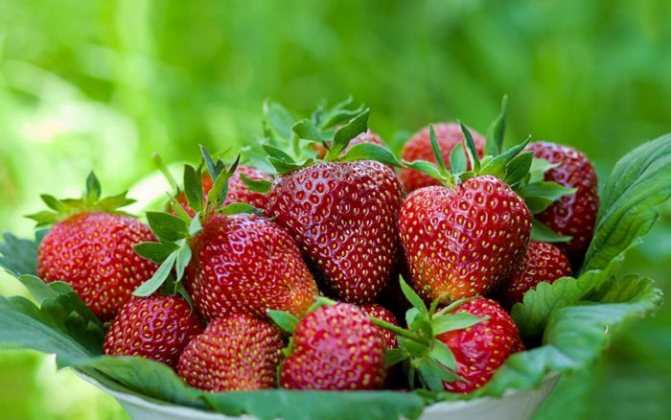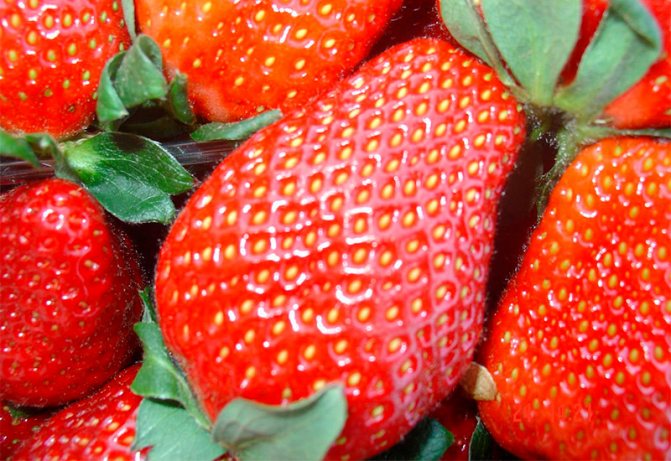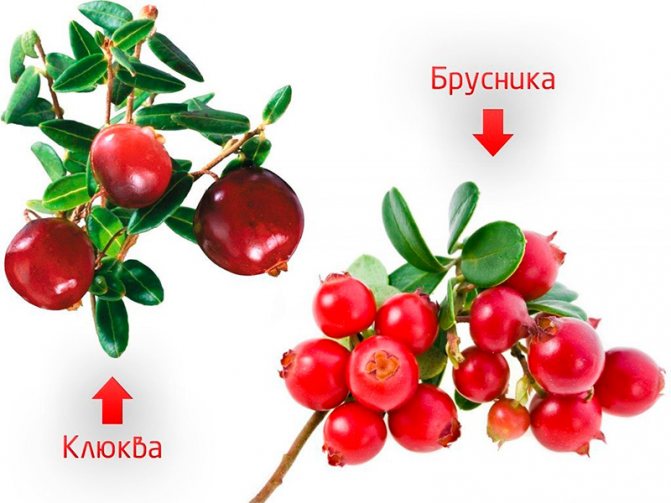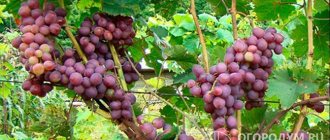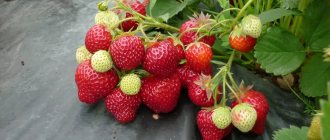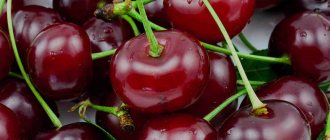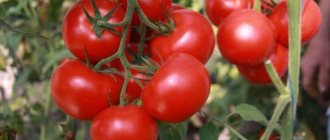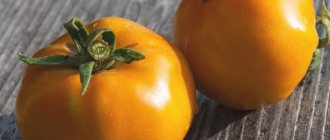There is no exact data on when this variety appeared. This is a fairly old strawberry, which was most likely bred in England and named after Queen Victoria, who ruled Britain at the time of the emergence of this variety.
According to some sources, the variety has a second name - the British queen. And English sources say that the variety was bred in England in 1840. The variety was obtained by crossing Chilean and Virginian strawberries.
At one time, this strawberry variety was highly prized among gardeners around the world. Today, naturally, in view of the appearance of more promising modern varieties, people began to forget about it. So much so that finding Victoria seedlings is almost impossible on the market. And if you find it, then there is a high probability that a completely different variety will be sold near Victoria.
In today's publication, we will tell you about this variety. We will present its description, show photos of fruits and reviews of gardeners who were lucky enough to get acquainted with very old English strawberries.
Description of the variety
Victoria strawberries are not remontant, early ripe, not included in the state register of selection achievements. Distributed in the European part of the Russian Federation. In the northern regions of Russia, it is grown only under film.
Bushes
Victoria bushes are tall. Large elastic leaves of bright green color form a large semi-spreading crown. The variety produces a lot of mustaches. Peduncles sag under the weight of ripening berries. It is advisable to mulch the planting so that the fruits do not rot.
Berries
The fruits of Victoria have an average weight of about 20 g. The bright red color at the stage of technical ripeness changes, when fully ripe, to cherry. The pulp is pink-red, medium juiciness, dense. A bright strawberry aroma emanates from the berry.
Fruits can be of different shapes - more often round, with a wide base, there are also elongated narrow-conical. Victoria berries are equally good fresh and for preservation.
The taste of old strawberries is very pleasant, balanced in sweetness and sourness
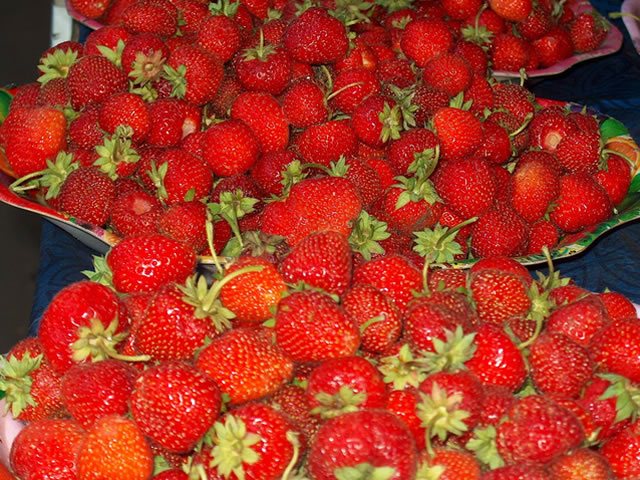
Yield
Victoria blooms in May, harvesting occurs at the end of June, beginning of July. Victoria is self-fertile, so there is no need to plant other varieties nearby, but, according to the observation of gardeners, this helps to increase productivity. If the weather is favorable and agricultural technology is observed, from one bush you can get 500-700 g of fruits.
Harvested in the morning or evening hours. If the collection is large-scale, the fruits are placed in one layer in corrugated cardboard, plastic or wooden containers lined with paper.
The fruits are stored in a cold place for no more than three days. Victoria does not tolerate long-distance transportation
The history of the origin of the variety and its difference from garden strawberries
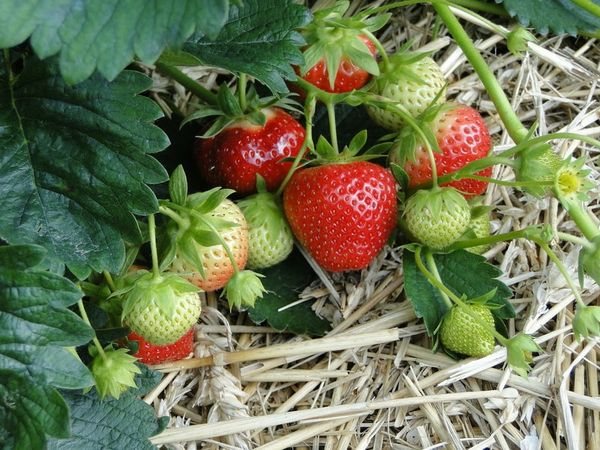

Victoria - a variety of large-fruited strawberries
The Russians of the 18th century used strawberries and wild strawberries for food. A wild species that grew in glades, forest edges, between bushes in forests. By the tsar's order, they began to grow it in gardens.
Europeans at that time were already working on the selection of new large-fruited strawberry varieties. In France, by pollination of Chilean and Virginia strawberries, a new variety was obtained, named after the Queen of Britain by Victoria.
At the end of the 18th century, she found herself in Russian gardens, becoming the first representative of large-fruited strawberries.Since then, a huge number of different varieties of strawberries have been bred. Among them there are remontants that bear fruit up to 5 times per season... But in many regions, the garden berry continues to be called Victoria.
Victoria is the first large-fruited strawberry variety brought to Russia.
a brief description of
Advantages of the variety
Victoria strawberry has numerous advantages, thanks to which it has been appreciated by gardeners for decades:
- excellent taste, harmonious in acidity and sweetness;
- pleasant strawberry aroma;
- stable high productivity;
- no problems with reproduction;
- does not require pollinating neighbors;
- very tasty preparations for the winter are obtained from the berries.


Disadvantages of the variety
Disadvantages of the variety that must be taken into account when growing:
- drought does not tolerate well;
- waterlogging leads to fruit rotting;
- the berries are baked under the southern sun;
- you need to break off numerous mustaches;
- flowering plant does not tolerate return spring frosts;
- transportability of berries is low.
The variety is not bad for those who know how to monitor the quality of irrigation of horticultural crops. Poorly suitable for industrial plantings.
Advantages and disadvantages of the variety
This variety was ideal at one time and did not have any drawbacks. However, in today's environment, Victoria has more disadvantages than advantages. But first, let's talk about its merits:
- The berries taste good enough.
- The variety is fruitful. According to some reviews, one bush can produce from 900 to 1000 grams.
- The variety is quite unpretentious in care.
- Has good immunity. Rarely affected by powdery mildew.
At the same time, it is worth noting the disadvantages. The main disadvantages include:
- Strong tendency formation. This allows you to propagate strawberries without problems, however, it significantly complicates their care.
- The bushes are quite sprawling, which is why Victoria takes up a lot of space on the site.
- Despite the good density of the berry, it is unsuitable for transportation, as it contains a large amount of sugar.
- The variety is very rare, which makes it almost impossible to find on the market. In addition, most of the "Victoria" sold is fake.
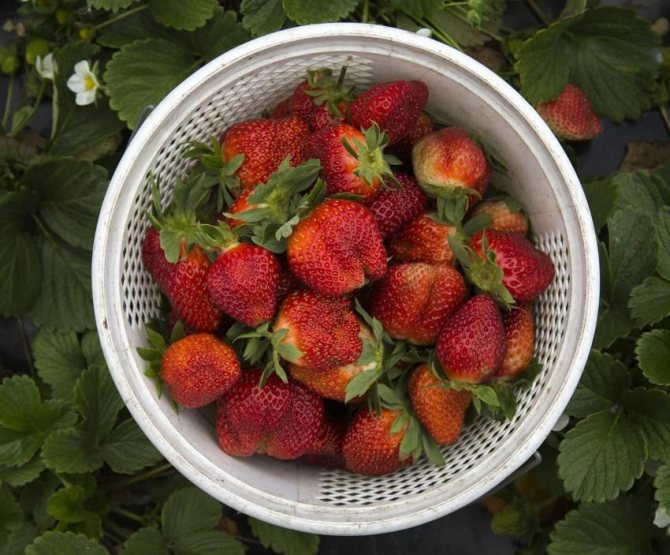

Landing
The Victoria berry can be laid both in spring and autumn. In autumn, a period is chosen when the heat has already subsided, and there are still 30-40 days before the first frost. In the spring, you need to have time to plant strawberries 3-4 weeks before the onset of a stable hot period. If there was a need for summer planting of strawberries with an open root system, then the bushes are shaded and watered twice a day - in the morning and in the evening.
To obtain a good harvest in temperate latitudes, the sunniest place is selected, in the south - partial shade. Wetlands should be avoided, groundwater should not be located closer than 70 cm to the soil surface. Victoria prefers light fertile soils - black soil, loam, sandy loam.
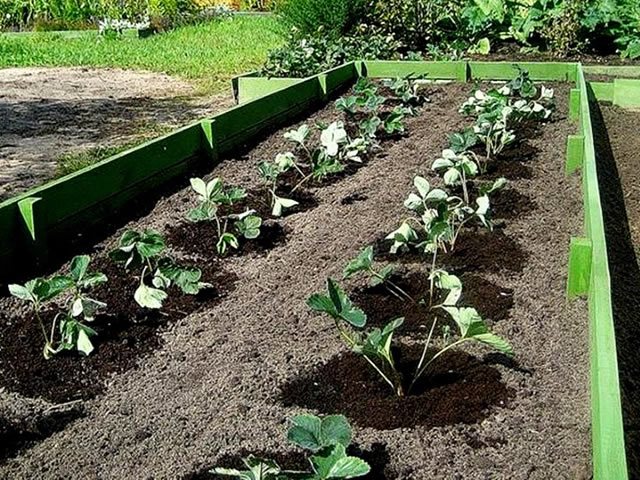

The soil is prepared 2-3 weeks before planting. For each m2 of the landing site, 7 kg are brought in during digging. organic fertilizers (rotted manure or compost) and 100 g of superphosphate. Superphosphate can be replaced with wood ash (half a glass per m2). Too acidic soil is limed to achieve a pH level of 5.5–6. Heavy soil is diluted with deciduous compost, rotted sawdust, coarse sand. Landing scheme:
- the distance between plants in a row is 35 cm;
- distance between rows 50 cm;
- the arrangement of the rows from north to south.
The seedlings are placed in holes pre-watered with water, the roots are straightened, sprinkled with earth and carefully compacted. The central kidney (heart) should be at ground level. After abundant watering, the garden bed is mulched.
Diseases and pests
Despite Victoria's resistance to harmful insects and diseases, she can get sick if the berry is not processed in time.
Gray rot
With frequent precipitation and favorable conditions for disease, almost the entire crop can be contaminated. Gray mold looks like a bloom that attacks the berry. In this case, the leaves are covered with spots of gray or brown color.
Powdery mildew
If Victoria becomes infected with powdery mildew after harvest, then the disease can be controlled by fungicides. It is much more difficult if the strawberries were infected during the development of fruits or their collection - there is a high probability of death not only of the berries, but also of the plant itself, since all land areas of Victoria are affected. Because of this, pollination and normal development of berries are impossible.
Brown spot
The leaves of the bush are covered with dark brown spots, over time, fungal spores appear. With severe, advanced infestation, the leaves turn purple and die.
Strawberry mite
The mite is light yellow, no more than 0.2 millimeters long. Strongly affects strawberry leaves; pests do not die in winter, waiting at the base of leaf petioles, and in spring, with warming, they lay eggs and take all the cell sap from the leaves that have not yet unfolded.
Snails, red ants, centipedes
This type of pest is loved by strawberries. They usually inhabit damp, shady and humus lands.
Nettle weevil
The insect is green, ~ 1.2 cm long, has a small proboscis. Weevils eat the leaves of Victoria in curly or even patches. The larvae are laid in the soil, during the hatching of which the roots of the plant are damaged.
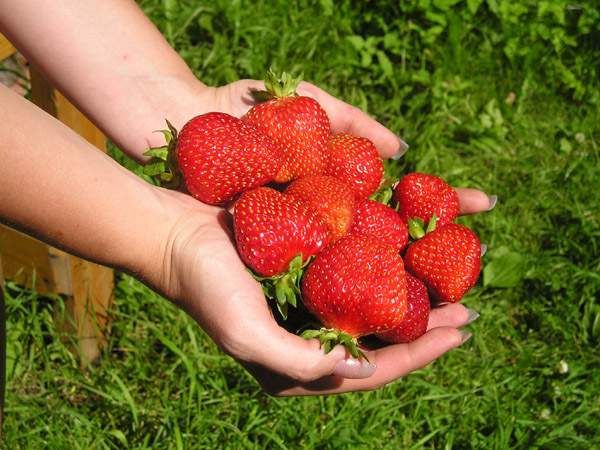

Growing and care
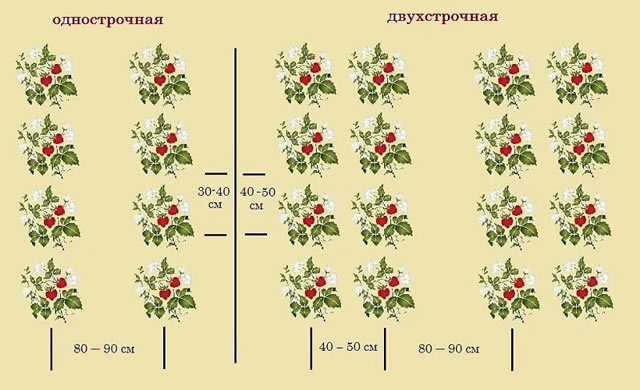

To get a good harvest and keep the bushes strong and healthy, certain agronomic conditions must be observed.
Watering
Watering is done once a week. In the hottest periods - after 2-3 days. Strawberries are watered in the morning or evening hours, trying to supply water to the root, without wetting the leaves, flower stalks, berries.
While the bushes are blooming, do not use sprinkling, so as not to knock pollen from the buds
Loosening, weed control
The next day after watering, it is necessary to loosen the soil crust. This will increase the supply of oxygen to the roots and improve the absorption of nutrients, respectively, and the yield will be better. An important event in caring for Victoria is weeding. Weeds must be removed in a timely manner so that they do not pull nutrients to the detriment of strawberries, do not shade the plantings and do not interfere with their airing.
A modern way of growing strawberries, which reduces labor costs, is the use of black spunbond
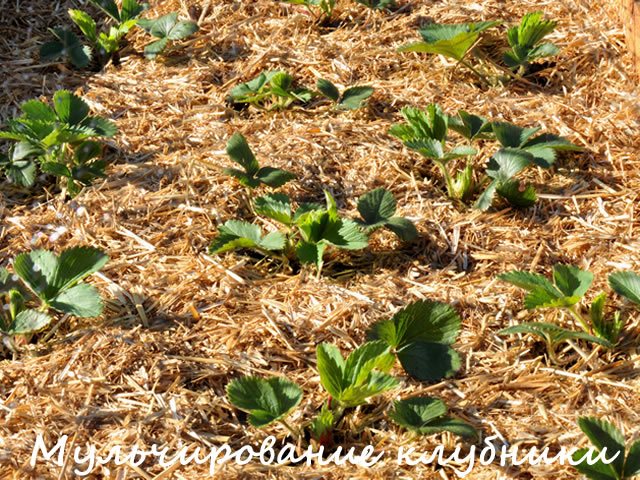

Mustache removal
It is necessary to monitor the formation of the bed, otherwise the bed will quickly overgrow. Simultaneously with the removal of the whiskers, the dried leaves are cut off. Old bushes, which will no longer bear fruit, are dug up.
Top dressing
To obtain a high yield, fertilizing is done several times a year:
- in early spring, the plant is fed with a diluted mullein, observing a ratio of 1: 10 or chicken droppings (1:20);
- at the beginning of flowering, an aqueous solution is prepared from nitrophoska diluted in warm water at the rate of 1 tablespoon per 5 liters;
- during the fruiting season, strawberries are weekly fed with baker's yeast (50 g per bucket of warm water).
If, when laying the plantation, the soil was fertilized according to all the rules, they begin to feed the strawberries from the second year of life.
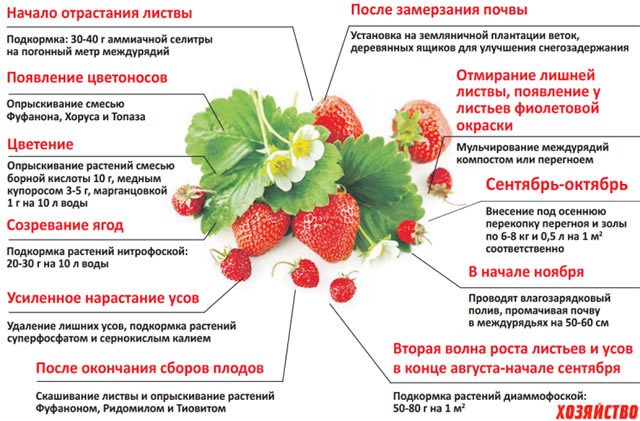

Pest and disease control
Under adverse weather conditions and poor care, strawberries can become sick. Preventive spraying with Bordeaux liquid is carried out in early spring or late autumn. During the flowering period and during fruiting, chemical protection preparations cannot be used.
During the season, it is necessary to apply folk remedies and prevention:
- A three-day garlic infusion is used to treat bushes that have been attacked by insects. (1 crushed head of garlic in 10 liters of warm water).
- Spraying milk with iodine helps with powdery mildew.(10 drops per 1 liter of skimmed milk or milk diluted with water).
- For spider mites and weevils, treatment with a tobacco-soap solution is used.
During the period of prolonged rains, the bushes are sprayed with a slightly pink solution of potassium permanganate.
Preparing for winter
Strawberries of the Victoria variety winters well under a snow cap or under a shelter that a gardener will arrange for her. The bed is covered with a layer of mulch from sawdust, hay, pine needles or covered with spunbond. In the southern regions, it is not required to cover the bushes.
Agricultural rules
When strawberries ripen
For strawberries to grow well, you need to create special conditions. You need to choose sunny places that are as protected from the wind as possible. It is advisable to put fences on both sides of the site so that the bushes are not blown through.
Important! It is recommended to plant strawberries away from potatoes, peppers and tomatoes. Close planting with legumes, sunflowers and corn is possible. It is better not to plant Victoria next to fruitful trees, as the plant may not develop well due to the shade.
It is better to plant Victoria in open ground either in the spring, or already before winter. For spring planting, the soil is prepared in the fall. If strawberries are planted in the fall, then the earth is prepared in a couple of months. The soil must be dug up, all weeds must be removed and the right amount of fertilizer must be applied. It can be compost, humus. Sometimes mineral fertilizers are added. As it is convenient for anyone.
Some gardeners believe that it is better to plant such strawberries in a comb. Others say that you should not bother, but just plant the bushes in the holes.
Basic landing rules:
- A little wood resin and 1 kg of fertilizer are added to each hole. All this must be mixed with the ground, watered, and only then should the seedlings be planted, as expected.
- The distance between the rows should be at least 60 cm, and between the seedlings - 35 cm each.
- It is better to dig in young bushes so that an eyebrow is formed around them. Thus, water will not flow away during watering, but will remain around the plant.
- After the next watering, the soil is mulched with straw or mown grass. At the same time, moisture in the soil is better preserved.
There is also a method of growing strawberries on film. The ground around the plant is covered with mulching film or agrofibre. At the same time, the berries remain completely clean, they are not damaged by any pests. Mulch prevents weeds from growing. Therefore, the landing is not too difficult.
Watering large strawberries
In the spring, the plant prepares for fruiting. Victoria strawberries need good watering at least twice a week. In this case, the water should be warm. For this type of strawberry, drip irrigation is better suited.
There is also an easier method of watering, which is as follows:
- A hole is made in a large barrel.
- A hose is brought there and with the help of an adapter it is well fixed.
- To avoid leaks, it is important to screw the hose tightly to the walls of the hole.
- A special spray gun is put on the end of the hose.
- The structure is installed in the place that needs to be watered.
If you follow these simple instructions, then no special irrigation devices are required.
Plant feeding
As the bushes grow, the soil is significantly depleted. In order for the plant to receive all the necessary nutrients, it must be constantly fed, and produced at least 3 times a season. The first feeding is carried out when the first 2 leaves of strawberries appear. This is done with a green solution or mullein. The manure should be diluted 1:10 with plain water. This mixture is poured under each bush.
Important! To fertilize the soil with minerals, dilute 2 tbsp. tablespoons of nitrophosphate, 1 tbsp. a spoonful of potassium and 10 liters of warm water.But during flowering, strawberries need to be fed at least once a week with a green solution from various weeds.
Yeast is a very good fertilizer, but not dry. At 1 st. spoon usually add 0.5 liters of warm water. This solution should be infused for about half an hour. After that, it is again diluted in 10 liters of warm water. Pour 200 ml of solution under each bush.
Reproduction
Victoria strawberry multiplies without problems with numerous mustaches. Experienced gardeners initially sparse strawberry plantings so that there is room for rooting outlets.
The strongest, healthiest specimens are chosen for reproduction. The strongest seedlings are obtained from first-order outlets.


What is the difference between strawberries and Victoria


What is the difference between strawberries and Victoria
As we noted above, garden strawberries and real strawberries are two completely different berries. So how are they different? Let's figure it out. What we call strawberries is commonly shared by male and female plants, and dioecious in gardens. This garden berry does not exist in the wild, but you can find it on old forgotten berry fields. Garden strawberries run wild very quickly without proper care, therefore, over time, they give very small berries. It will be difficult for you to separate the berries of garden strawberries from the stalk, but wild berries are as easy as shelling pears. It is interesting that garden strawberries practically do not yield a harvest in the shade, but their forest relative is very fond of the shade. Real strawberries do not have a bright red color, their flesh is usually white, but the usual garden strawberries are usually red or pink, but some varieties have white berries with red seeds. Another difference between garden strawberries and real strawberries is the location of the peduncles. In the latter, they are very tall and strong, so the berries never fall on the ground, but in garden strawberries, under the weight of the fruit, the berries are practically at ground level. If we talk about a scientific point of view, then it is still the same genus - strawberry, the Rosaceae family. However, their species are really different. Moreover, their species diversity reaches three dozen. We are used to talking about garden strawberries, forest and strawberries. They all descended from an American relative.
Testimonials
For a long time she believed that Victoria is not a variety, but the name of a culture. She called the forest berry strawberries, and the strawberries were called Victoria. I got my favorite from my grandmother and I will not exchange it for any modern varieties. Victoria winters well in the Voronezh region, is not particularly affected by diseases and pests, and bears fruit stably every year. And most importantly, the berries are very sweet and aromatic.
Strawberry Victoria is an interesting old variety. It multiplies easily, loves attention to itself. Juicy and sweet fruits are ideal for processing. Whoever tasted the real Victoria strawberries at least once will compare it with others for the rest of their lives.
Strawberry Victoria: a description of the history


Strawberry Victoria: a description of the history
Garden strawberry was bred in America. It penetrated into Europe in the sixteenth century, after the garden strawberry took root, they began to grow it in many gardens. A hundred years later, garden strawberries from Chile came to Europe, crossing between the imported varieties took place, from which many modern varieties of garden strawberries originated.
As for carbohydrates ...
Fresh Victoria berry contains a lot of water, carbohydrates account for less than 8 grams per 100 grams of product.
The net digestible amount of carbohydrates for the same weight is less than 6 grams.
The main carbohydrates in the product are simple sugars - fructose, glucose and sucrose. But there is also a lot in the mass fraction and fiber.
Victoria berry has a relatively low glycemic index (about 40).This implies that strawberries, like strawberries, do not jump in blood sugar and are safe for people with diabetes to consume.


